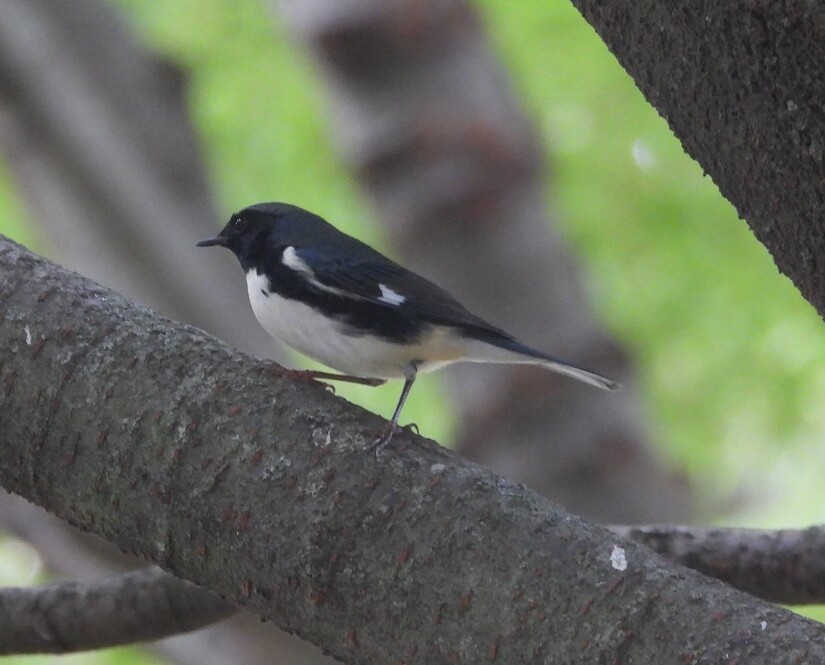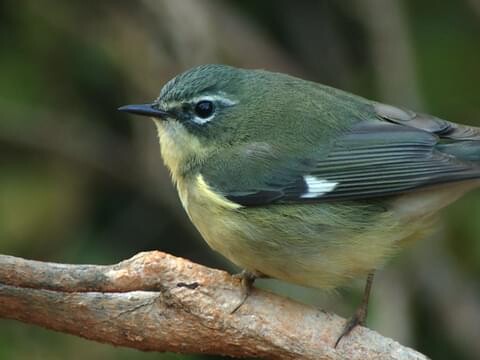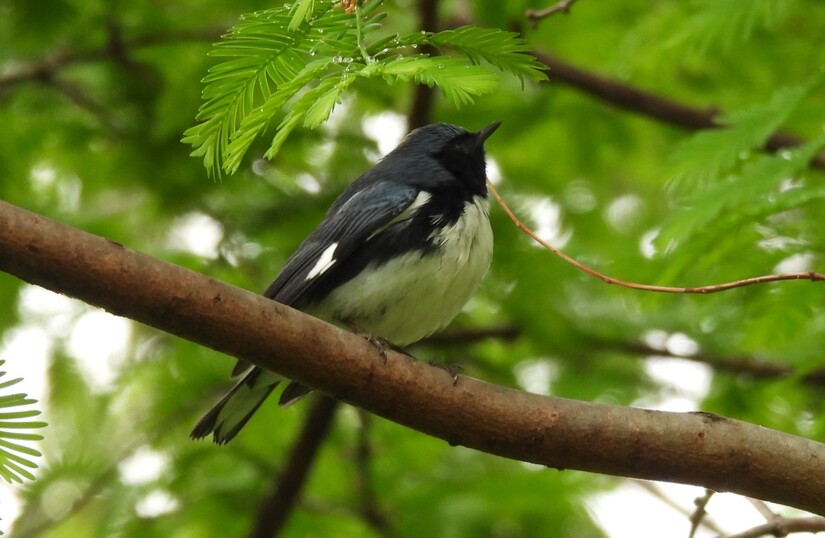Image

by Mike Strzelecki*
April begins the annual spring bird migration. Over the course of about eight weeks, scores of species of colorful and unusual birds will move through the Boyertown area to their breeding grounds. The majority of birds will pass through the area unseen and unheard, stealth in their journey north. But there are lots of migratory birds that keen eyes can observe, when coupled with a bit of knowledge.
I chose to highlight the black-throated blue warbler for several reasons. First, it’s a spring migratory bird that can be more readily seen in the Boyertown area. Warblers feed mainly on bugs and many of them hang out high in tree canopy, far out of range of the human eye. The black-throated blue warbler, however, prefers to root around the understory of small trees and shrubs, picking bugs off the underside of leaves. They are the rare warbler that will meet you at eye level.
Second, the black-throated blue warbler is considered (by me, at least) to be one of the most attractive warblers. Most warblers seem to have some form of yellow in their feather pattern. The black-throated blue warbler presents differently than most. It has a blueish back, solid white belly, and large black throat patch. It’s one of the easier warblers to identify in the wild.
Third, the black-throated blue warbler is a migratory species that you often don’t have to travel far to see. They are reasonably common. I tend to see most black-throated blue warblers around small brooks and streams, likely because these water flows attract bugs. But they can also be seen across tracts of woodland (abundant around Boyertown) and also in wooded parks, like the Boyertown Community Park.

As with locating most warblers, listen for their call, as they are usually heard before they are seen. The call of the black-throated blue warbler sounds a bit like a squeaky tire. Some birders use the mnemonic “I am so la-zee.”
https://www.allaboutbirds.org/guide/Black-throated_Blue_Warbler/sounds
In most bird species, the male and female of the species have a different look. The black-throated blue warbler takes this disparity to extremes. Scientists originally thought the female was a different bird species altogether, until they could genetically connect them. The female black-throated blue warbler is a plain olive brown color, but her field mark is a white spot on the chest that birders refer to as her pocket kerchief. Females also tend to feed higher in canopies than the males. This picture of a female black-throated blue warbler is from the website All About Birds.

From a migratory perspective, black-throated blue warblers live the good life. They over-winter in the Caribbean and Central America but come northward in summers to breed. Most pass through the Boyertown area, since it is outside of their breeding grounds, but some will take up summer residence in the Poconos and northward for breeding.
The breeding season for the black-throated blue warbler begins in May and generally wraps up in July. Females typically lay two to five eggs each spring. The black-throated blue warbler is also a bird that has a population on the rise. Between 1970 and 2014, its population increased 163-percent to about 2.4 million species. To see where black-throated blue warblers are being seen around Boyertown, refer to the international birding database ebird.com.

* Mike Strzelecki is a freelance travel and outdoor writer, and 1981 graduate of Boyertown Area Senior High School. He writes from his house in Baltimore, Maryland. In his spare time, he joins his wife on adventures around the country observing and photographing birds.